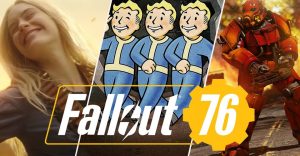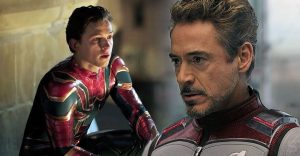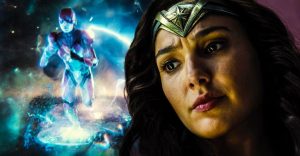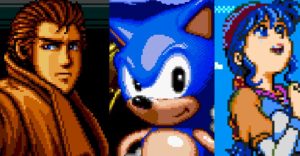Why Zelda: Breath Of The Wild Has Two Endings
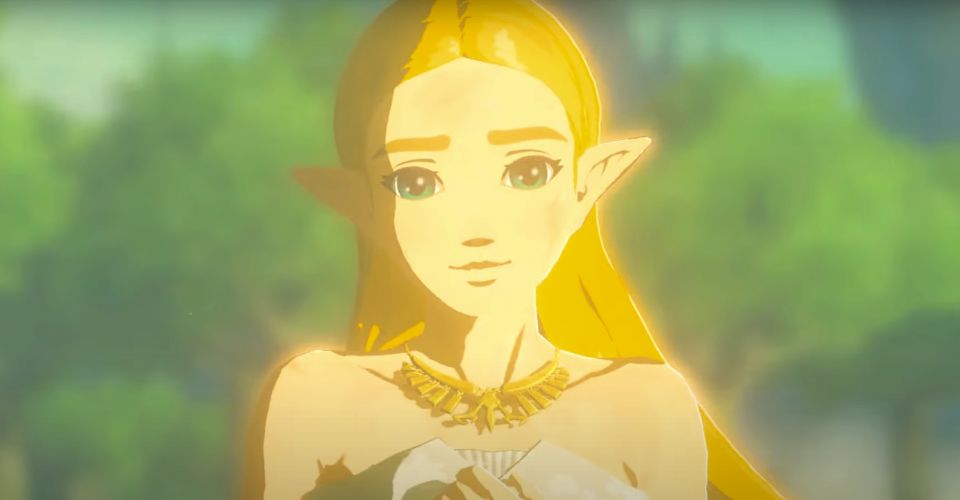
The ending to The Legend of Zelda: Breath of the Wild is about as climactic as any other in the series, though it’s actually got two distinct endings players can achieve. After facing Calamity Ganon in his Hyrule Castle chamber, Link must take down the enormous Dark Beast Ganon while riding around Hyrule Field. Once enough arrows have been fired from the Bow of Light, Zelda’s divine powers rid Hyrule of the monstrosity and a final cutscene ensues. If certain conditions are met, however, a second ending will occur, and these two conclusions are tonally quite different.
The second, more complete of Breath of the Wild’s two endings is shown dependent on whether or not the player retrieved all of Link’s lost memories. If not, the game ends after Zelda tells Link how proud she is, how she never lost faith, and finally asks, “Do you really remember me?” A “The End” screen will display after the spirits of King Rhoam Bosphoramus Hyrule and the Champions look down at Link and Zelda from atop Hyrule Castle. The credits will then roll – but the “true” ending to BOTW has an additional scene.
If the player took the time to find all the memories in BOTW, Zelda and Link are shown looking over Hyrule field from a hill after “The End” is displayed. Zelda goes on to talk about how there is still a lot of work to be done – speak with Mipha’s father in Zora’s Domain, repair Vah Ruta, and restore Hyrule to its former glory. In the “true” ending to Breath of the Wild, Link has fully recovered his memory, and is ready to begin rebuilding.
Breath Of The Wild’s Complete Ending Is Less Definite

Oddly, the recovering all of Link’s memories brings a less definite ending to the game. In the incomplete ending, Zelda’s final question of remembrance, and the last shot panning into the sky above the castle combine to make a poignant ending to a game which ultimately deals with the aftermath of a century-long genocide. The complete ending depicts events already inferred to be next on Link and Zelda’s agenda: coordinating reconstruction. The shown continuation of Link’s journey in the complete ending implies a much more melancholic, unseen follow-up to the incomplete ending.
If Link recovered none of his memories before defeating Calamity Ganon, his response to Zelda asking if he remembered her would be “no,” and only partial memory recovery wouldn’t be much better. This points to a hero who fulfilled his duty out of obligation even though he has no real identity. Since Link is Zelda’s oldest friend, coming to the end of her battle against Ganon, only to find Link doesn’t really know who she is must be devastating. Instead of triumphantly turning to face the future together, Zelda has emerged from a century of turmoil in Hyrule only to find she is more alone than anticipated.
This is admittedly reading rather deep into nothing more than a bonus cutscene, but Link as a silent protagonist leaves a lot of narrative to be compiled by the player. Much of Breath of the Wild‘s story is told through flashback, and if the player hasn’t gone and recovered those memories, they – just like Link – wouldn’t really know much about Zelda. The ending to the game is either the pair standing amongst the desolation of what was once Castle Town while flower petals fall, or standing on a verdant hillside while the petals are swept into the air during a final, triumphant musical coda.
About The Author











